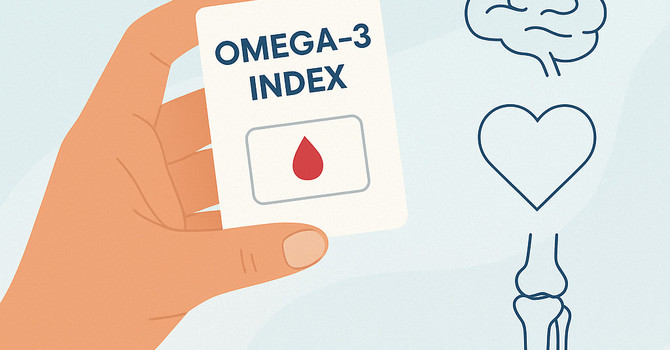Back pain is one of the most common health problems in the world. According to the World Health Organization, nearly 619 million people worldwide live with low back pain, and it’s one of the top causes of disability (WHO, 2023). If you’ve ever had back pain, you’ve probably wondered: “Should I stretch it out?”
The answer is: it depends. Stretching can be very helpful for certain types of back pain, but it can also make other conditions worse. The key is understanding what’s really causing your pain.
When Stretching Can Help
If your back pain is caused by tight muscles, stiffness, or poor posture, stretching can be very effective. Research shows that regular stretching and mobility work improves blood flow, reduces muscle tension, and increases flexibility (American College of Sports Medicine, 2021).
For example:
-
Tight hamstrings can pull on your pelvis, leading to low back strain.
-
Tight hip flexors from too much sitting can make it hard for your spine to stay in a healthy position.
-
Muscle spasms can sometimes calm down with gentle stretching and movement.
In these cases, stretching can help release tension, restore balance, and ease pain.
When Stretching Can Make Back Pain Worse
Not all back pain is the same. If your pain comes from a herniated or bulging disc, certain stretches can actually make things worse.
For example, deep forward bends (like touching your toes with straight knees) put extra pressure on the discs in your spine. A study in the Journal of Orthopaedic & Sports Physical Therapy found that repeated forward flexion can increase disc herniation risk and aggravate symptoms (Callaghan & McGill, 2001).
This is why some people feel their leg pain or sciatica increase after stretching their hamstrings. It’s not that stretching is bad — it’s just not the right tool for that specific problem.
Better Options for Disc-Related Pain
If your back pain comes with leg pain, numbness, or tingling (classic sciatica signs), it’s often linked to nerve irritation from a disc issue. In these cases, treatments like spinal decompression therapy or targeted core exercises may work better than stretching.
A 2022 randomized controlled trial in BMC Musculoskeletal Disorders found that patients who received non-surgical spinal decompression therapy combined with physical therapy had significantly greater improvements in pain, mobility, muscle endurance, and quality of life compared to those who received physical therapy alone. These results highlight how decompression can play a major role in helping people with disc-related pain find lasting relief.
This research lines up perfectly with how we approach care at Atomic Pilates & Chiropractic. Spinal decompression therapy reduces nerve pressure and creates the space your spine needs to heal, while chiropractic care restores proper alignment and movement. Pilates then builds on that foundation by strengthening the deep stabilizing muscles that keep your spine supported long-term. Together, these three elements—decompression for relief, chiropractic for correction, and Pilates for stability—create a complete system that not only helps you get out of pain but also keeps it from coming back.
The Pilates Advantage
One of the most effective ways to manage back pain is through Pilates-based movement. Pilates focuses on strengthening the deep stabilizing muscles of the spine and teaching better posture and control.
A meta-analysis in the Journal of Orthopaedic & Sports Physical Therapy (2014) found that Pilates programs significantly reduced pain and disability in people with chronic low back pain compared to usual care.
At Atomic Pilates & Chiropractic, we use Pilates as a key tool to help women build strength, improve posture, and move without pain. Unlike static stretching, Pilates movements are dynamic, meaning they improve flexibility and stability at the same time — exactly what most spines need.
Safe Stretches You Can Try at Home
If you’re not sure what’s causing your pain, start with gentle stretches that don’t force the spine into extreme positions:
-
Cat-Cow Stretch – On hands and knees, gently arch and round your back.
-
Pelvic Tilts – Lying on your back with knees bent, tilt your pelvis to flatten your low back against the floor.
-
Hip Flexor Stretch – Kneel on one knee, shift forward slightly until you feel a gentle stretch in the front of your hip.
These movements keep the spine in neutral positions while encouraging blood flow and mobility. If pain gets worse during any exercise, stop and seek professional help.
When to Seek Professional Care
You should always see a professional if you have:
-
Pain that doesn’t improve after a week of self-care
-
Pain that radiates down your leg
-
Numbness, tingling, or weakness
-
Sudden severe pain after a fall or injury
Chiropractors and movement specialists can help determine the real cause of your pain and guide you toward the right treatment plan. Sometimes that includes stretching — but often it’s about strengthening, improving alignment, and taking pressure off irritated nerves.
The Bottom Line
Stretching can be very helpful for muscle-related back pain, but it’s not a one-size-fits-all solution. For disc problems or nerve pain, other treatments like decompression, chiropractic adjustments, and Pilates may be more effective.
The good news? You don’t have to figure it out alone.
At Atomic Pilates & Chiropractic, we specialize in helping women move without pain using a combination of chiropractic care, Pilates, and advanced therapies like spinal decompression and laser therapy. Our goal is simple: help you feel better, move better, and live better.
If back pain has been slowing you down, don’t wait. Try one week of Pilates for just $39 and discover how strengthening, movement, and the right care can change everything.

Ryan Griffeth
Contact Me



.png)
